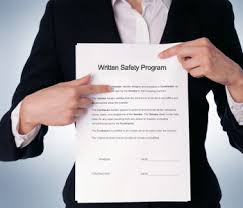
The purpose of the Welding, Cutting and Hot Work Program is to assure a safe work environment during welding, cutting, and hot work operations. This procedure is designed to provide the minimum safety requirements in accordance with the Occupational Safety and Health Administration’s (OSHA) Welding, Cutting and Brazing Safety Standard, 29CFR1926, Subpart Q.
